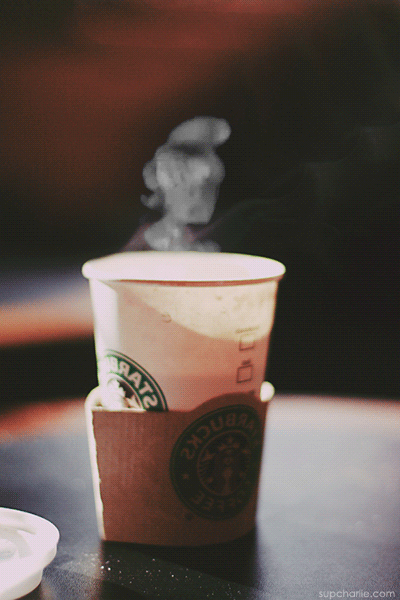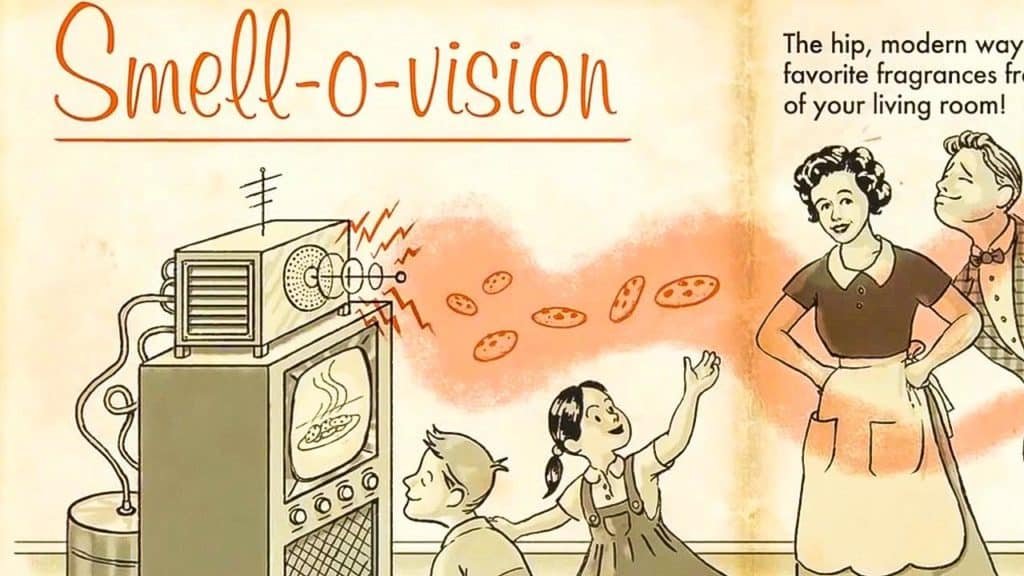Hidden Influences: The Power of Scents and Sensibility in Retail
Welcome to the first article in the Hidden Influences Series. This series uncovers the unseen factors in our environment that subtly nudge us towards certain choices - from music in stores, to colours on websites, to the layout of a menu. Each post would expose a different persuader, revealing how marketers use these tricks to influence our behaviour and providing advice on how we can be more conscious of them.
In the fiercely competitive world of retail, brands are constantly vying to win consumers' hearts, minds, and wallets. They employ a dizzying array of tactics, from eye-catching visuals, and persuasive ads, to captivating social media campaigns. Yet, one potent method remains vastly underutilized: the appeal to our sense of smell. This unassuming sense, often taking a backseat in our visually dominated world, holds surprising sway over our memories, emotions, and even our purchasing decisions.
Let's paint a sensory picture. Imagine walking into a Starbucks store. Beyond the familiar sights and sounds, it's the distinctive aroma – that inviting blend of freshly ground coffee, sweet pastries, and a hint of warm milk - that greets you. Is this characteristic scent merely a pleasant by-product of the café's operations, or could there be a more strategic intent at play?
Our sense of smell is one of the most potent stimuli for evoking memories and emotions (Herz & Schooler, 2002). That nostalgic fragrance of old books can transport you back to a childhood library; the scent of a specific perfume could rekindle memories of a first love. But what if businesses, like Starbucks, are harnessing the power of scent not just to remind us of something, but to encourage us to purchase and create a deeper, more positive connection with their brand?
The Science of Scent
Before we look at how Starbucks leverages scents, let's dive a bit deeper into the science of smells. The olfactory system is closely linked to the limbic system, the part of the brain that handles emotions, memories, and arousal (or stimulation). When a scent enters our nostrils, it travels to the olfactory bulb, which helps the brain process smells. The olfactory bulb has direct connections to the amygdala and hippocampus, areas of the brain that help us recognize and associate emotions and memories with smells (Gottfried, 2010).
A fascinating study conducted by Eric Spangenberg and colleagues found that customers in a retail store spent more time and money when the ambient scent was congruent with the store's products (Spangenberg et al., 1996). Specifically, if the scent was consistent with the store's offerings, customers were likely to rate their shopping experience as more enjoyable, leading to increased sales.
Starbucks and the Art of Scent Branding
How does this play out in the real world? Let's come back to Starbucks. The coffee behemoth is not just selling cups of coffee; it's offering an experience, a slice of a cozy, welcoming atmosphere which many refer to as the "third place" – a space that's not home or work but is equally comfortable and inviting.
A significant aspect of creating this third-place experience is the scent. Starbucks' signature smell is no accident. In fact, Howard Schultz, the former CEO of Starbucks, once pulled the company's breakfast sandwiches from the menu because the cooking process overpowered the aroma of coffee in their stores, potentially disrupting the intended Starbucks experience (Schultz & Gordon, 2011).
Starbucks understands that its ambient scent contributes to its brand identity, subtly encouraging customers to linger longer, enjoy their coffee, and by extension, potentially increase their spending.
Challenges for Direct-to-Consumer Brands
While the olfactory power plays a pivotal role in physical retail spaces, how does it translate to the digital world of e-commerce and Direct-to-Consumer (D2C) brands? The lack of sensory immersion is indeed a disadvantage for online retailers who can't use smells to enhance their customers' shopping experience. A significant part of the sensory richness that could otherwise make the brand more memorable is missing.
In the absence of physical storefronts, D2C brands can't leverage the aroma of freshly brewed coffee or the enticing scent of baked goods to lure customers and reinforce their brand identities. This sensory gap can pose a significant challenge in building strong, memorable, and distinctive brand experiences.
However, the absence of scent does not mean D2C brands can't create powerful sensory experiences. Instead, they must get creative to counter this disadvantage. They can focus on enhancing other sensory experiences - visual and tactile elements, for instance. Unboxing experiences, with careful attention to visual aesthetics, package design, and tactile sensations can go a long way to evoke strong emotions and associations.
In addition, some brands have begun sending samples of their products, including scented items, to provide a multisensory experience that bridges the gap between digital and physical. Think perfume samples in the world of cosmetics or scent-infused promotional materials. Other brands use detailed, evocative descriptions to help customers imagine the smell of their products.
While the digital world poses its own challenges, it also opens up a realm of innovative solutions for D2C brands aiming to create memorable and engaging brand experiences.
The Future of Scent Marketing
Starbucks isn't the only brand employing scent marketing. Consider the distinctive 'Fierce' cologne of Abercrombie & Fitch that permeates their stores, creating a unique and memorable shopping environment (Lindstrom, 2005). Similarly, the luxurious scent of leather inside a new car isn't accidental; it's a conscious effort by manufacturers to elicit feelings of luxury and comfort.
As we move forward, brands are likely to experiment with innovative ways of employing scent marketing. Picture a bookstore that infuses the aroma of old, musty books to heighten the sense of nostalgia and enhance the book-shopping experience. A company like Barnes & Noble could leverage this tactic to distinguish its physical stores from the largely digital competition.
In the fitness industry, gym chains like 24 Hour Fitness could imbue their spaces with a subtle citrus scent, linked to invigoration and energy, to improve patrons' perception of their workout.
For home goods retailers like Bed Bath & Beyond, creating a signature scent that combines the fresh fragrance of linen and the comforting aroma of vanilla could elevate the shopping experience, fostering a sense of comfort and home in customers.
The burgeoning field of scent technology could even enable video streaming platforms like Netflix to provide scent-enabled viewing experiences in the future, creating a truly immersive multimedia experience.
As we delve deeper into the understanding of our senses, the possibilities seem endless. The next time you walk into a store and find yourself enveloped in a pleasing scent, remember - there's more to that aroma than meets the nostril. It's an invisible, carefully curated part of your shopping experience, tapping into your subconscious to shape your perceptions and behaviours.
Want to share your thoughts? Feel free to share them in the comments section below or on social media.




